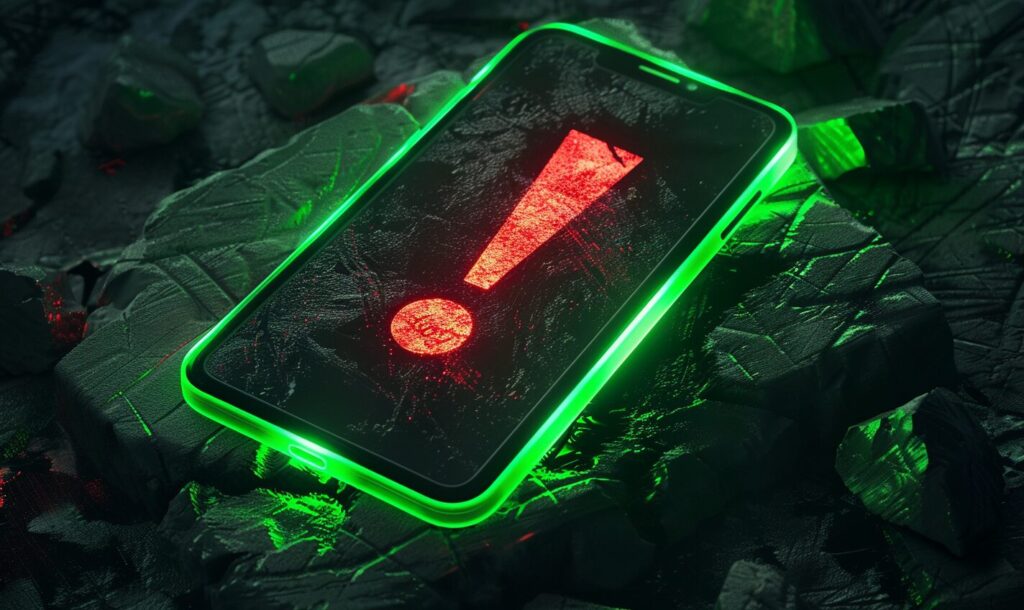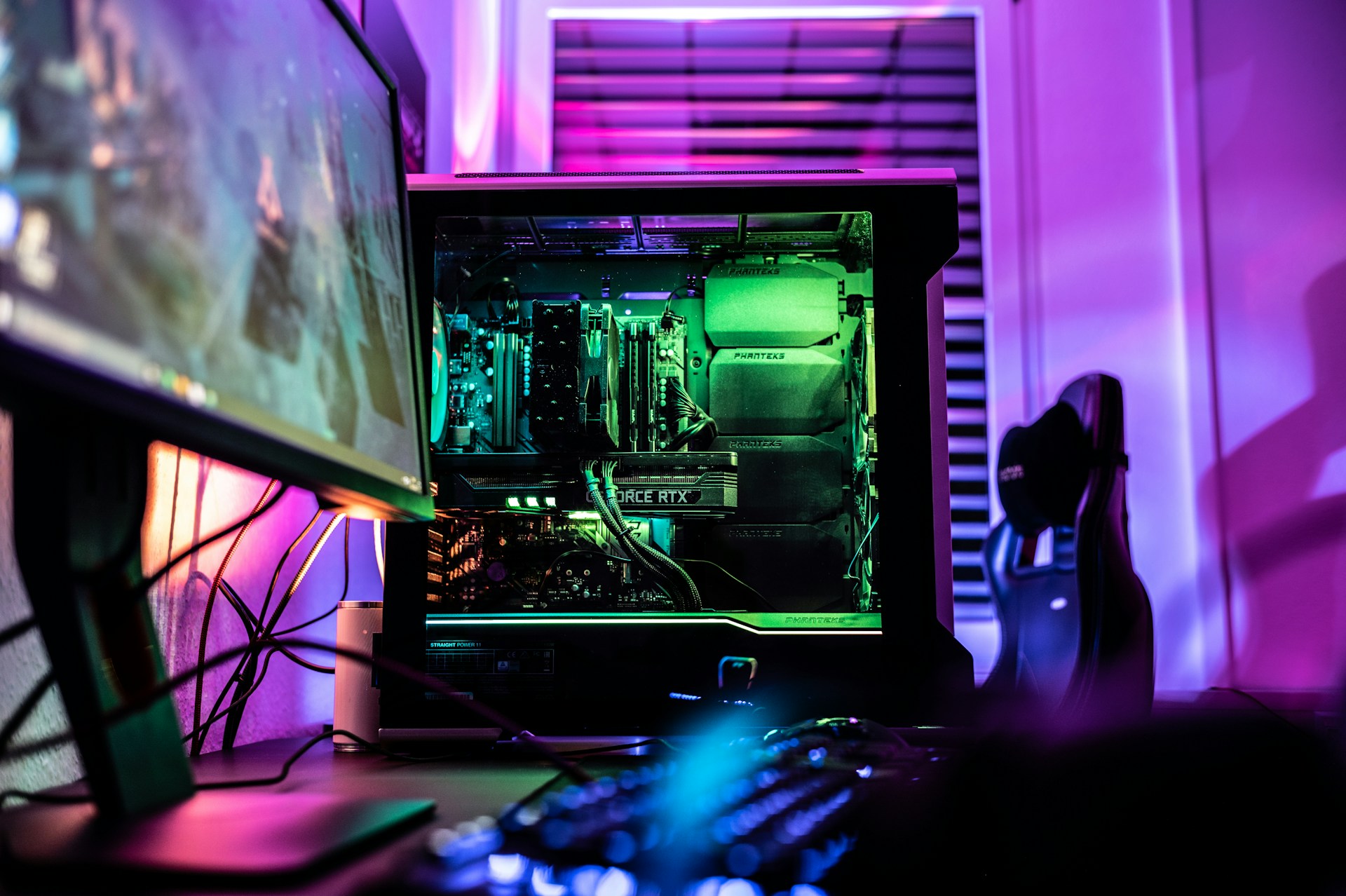If your iPhone won’t turn on, there’s no need to start panicking immediately. Chances are, the problem has an easy fix. Before deciding to throw in the towel and get a new one, here are a few tricks to revive your iPhone.
1. Recharge
The most likely reason your iPhone won’t turn on is because of an empty battery. Even if you’re sure the device is charged, plug the iPhone in for precaution’s sake. A red, empty battery icon means your iPhone is at a minimum charge and won’t work. If there is no icon at all, this may mean the battery is drained completely.
Plug the iPhone into a high-powered USB source like the USB ports on a computer. Firewire chargers will not work for iPhones. If your iPhone doesn’t turn on after being plugged in, you may have to wait a few minutes up to an hour to see a difference.
2. Restart
A forced restart will usually bring a device back, but there are different approaches for different iPhones. Even if the buttons aren’t responding, you can still perform a restart.
On an iPhone X, 8 and 8 Plus, press and release the volume up then the volume down buttons. Then press and hold the side button until the Apple logo appears.
On an iPhone 7 or 7 Plus, press and hold both the side and volume down buttons until the Apple logo appears.
On an iPhone 6s or earlier, press and hold both the home and top buttons until you see the Apple logo.
3. Reset
A hard reset is like a restart that clears your device’s memory but doesn’t erase data. Again, you won’t need the buttons or screen to respond for the reset to work. Unlike the restart, most iPhone devices reset the same way.
Hold down the power and home buttons at the same time. If you are using an iPhone 7, use the power and volume buttons instead. Continue holding for about ten to thirty seconds. If the shutdown slider appears, continue pressing the buttons until the Apple logo appears.
4. Restore and Recover
Restoring your iPhone to factory settings will erase all of the data stored on your device, so hopefully, you’ve been syncing to something regularly. Despite the drawbacks, restoration can fix many problems other solutions can’t.
Plug in your iPhone to the Lightning Connector and into a power source other than your computer, such as a wall outlet. Hold down the home button or the volume button if you’re using an iPhone 7. While holding the button down, plug the USB cable into the computer. iTunes will open and put your phone into recovery mode.
In the future, there are less abrupt ways to clear your phone’s memory. Staying on top of memory consumption and data syncing might save a headache later on. There is also the iOS 11.4 upgrade to iPhones which automatically syncs all aspects of your device.
5. DFU Mode
If your iPhone doesn’t work after updating without enough battery life, the device could fail to boot up again. This is where DFU Mode, or Device Firmware Upgrade Mode, comes into play. DFU Mode is similar to a soft reset because the phone is reset back to a setting before the problem occurred.
To access DFU Mode, plug your phone into a computer and hold the power button for three seconds. Release and hold the power and home buttons — or just the volume button if you’re using an iPhone 7 — for another ten seconds. Release the power button while continuing to hold the home button or continue to press the volume button for another five seconds. If nothing appears on the black screen, follow the instructions prompted on iTunes.
6. Proximity Sensor
While it’s an uncommon occurrence, checking for a malfunction on the iPhone’s proximity sensor might save time and money. The iPhone’s screen may dim when held up to your face while fading to dark when pulled away from your face.
To reset the proximity sensory, hold down the home and power buttons to restart the phone. If the sensor was the problem and the phone reboots correctly, go to Settings —> General —> Reset and select Reset All Settings to change your preferences to factory defaults without deleting data.
Still Not Working?
If you’ve tried all of the above techniques to no avail, it might be time to call in an expert. You could try contacting Apple’s support directly or go to a local technology repair shop as a last resort. Don’t forget to check out your warranty for the phone before getting a repair.
If everything fails and you’re stuck having to get a new phone, reconsider throwing your old one out. There are ways to repair old technology, not to mention the hefty price tag some items can gain decades later. The situation may be bleak now, but the future could still be bright even if your device refuses to turn on.
Recent Stories
Follow Us On
Get the latest tech stories and news in seconds!
Sign up for our newsletter below to receive updates about technology trends














